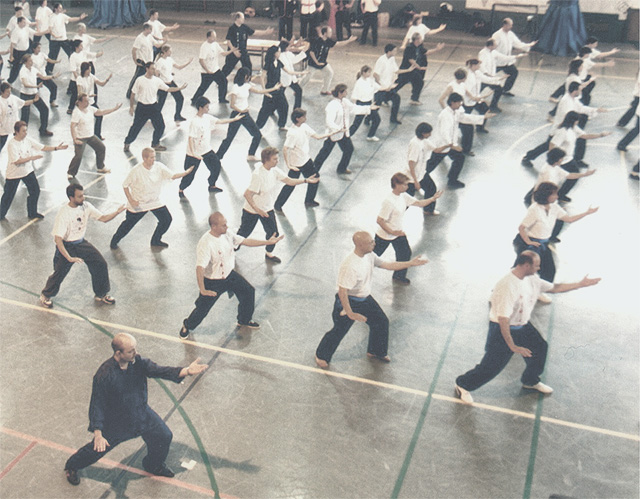
Qi Gong—also written Qigong or Chi Kung (also seen as Chi Gung)—uses calm movement, standing postures and breath work to cultivate balance, coordination and inner ease. It’s widely practised for wellbeing and as a foundation for the other internal arts.
What is Qi Gong?
“Chi Gung involves work with the finer energies of the body. This is achieved by means of movement, standing, stretching and softening, the regulation of breath and many other methods designed to enhance the sensitivity of the practitioner so that the natural flow of chi [life force] can be felt and where necessary used to promote healing, well being, improved function in athletics, martial arts, meditation or any of life's pursuits, be they for pleasure or spiritual growth.”
Benefits people often report
Experiences vary; practice is complementary and not a substitute for medical care.
- More energy; better relaxation; dissolving muscle tension
- Relieves stress; supports inner tranquillity and emotional balance
- Flexibility & balance; improved coordination
- Lower blood pressure (for some); enhanced athletic performance
- Foundations for meditation and other internal arts
Why people start
“For many people the first benefit of chi gung is the prevention of relief of chronic health problems. Many physical health problems are at least partially due to mental / emotional stress. The importance of the inner tranquillity developed by the practice of chi gung is very beneficial.”
Find Qi Gong classes
Browse county-by-county listings of teachers, groups and weekly sessions across the UK.
Related internal arts
Many schools also offer Tai Chi, Ba Gua (Pa Kua) and Hsing-I (Xing Yi). Explore them here: